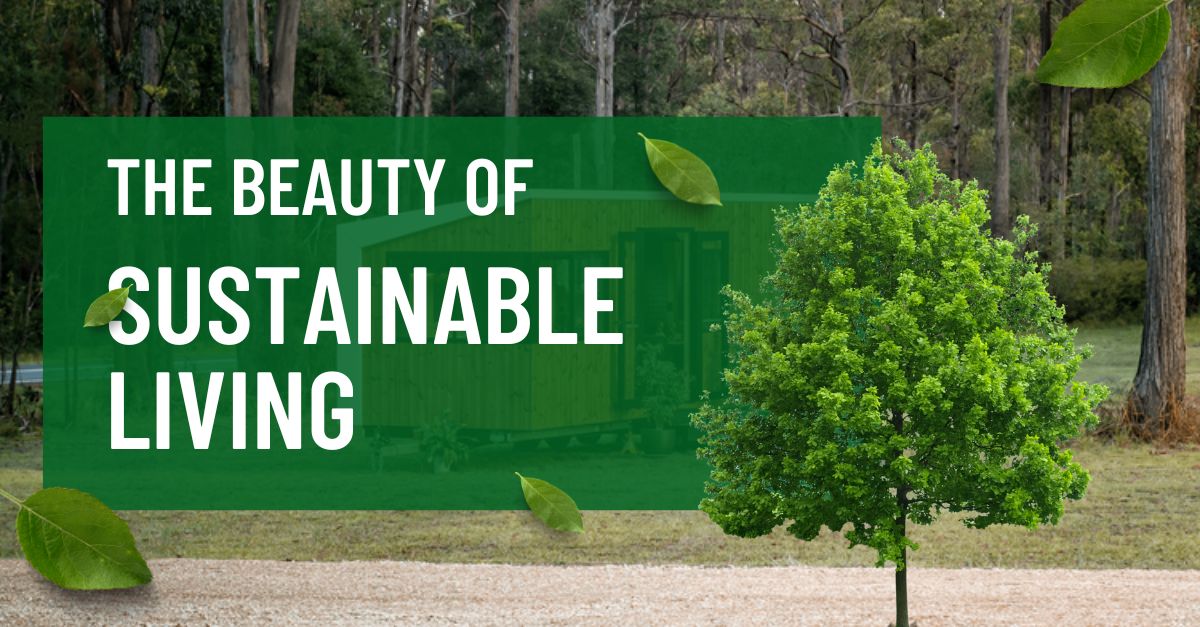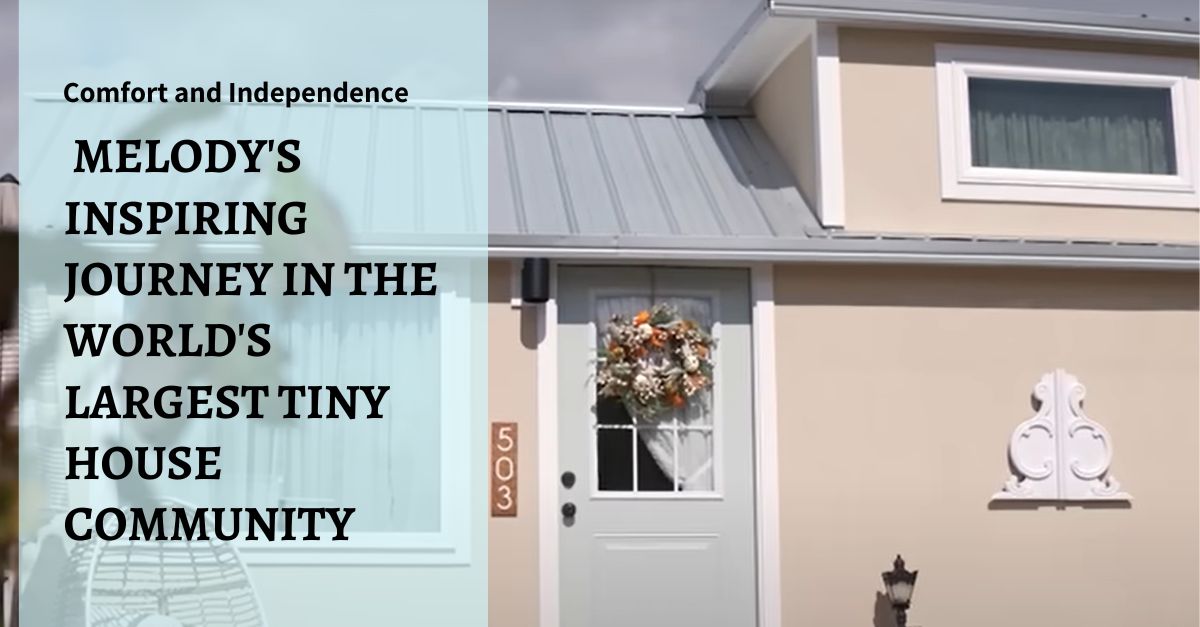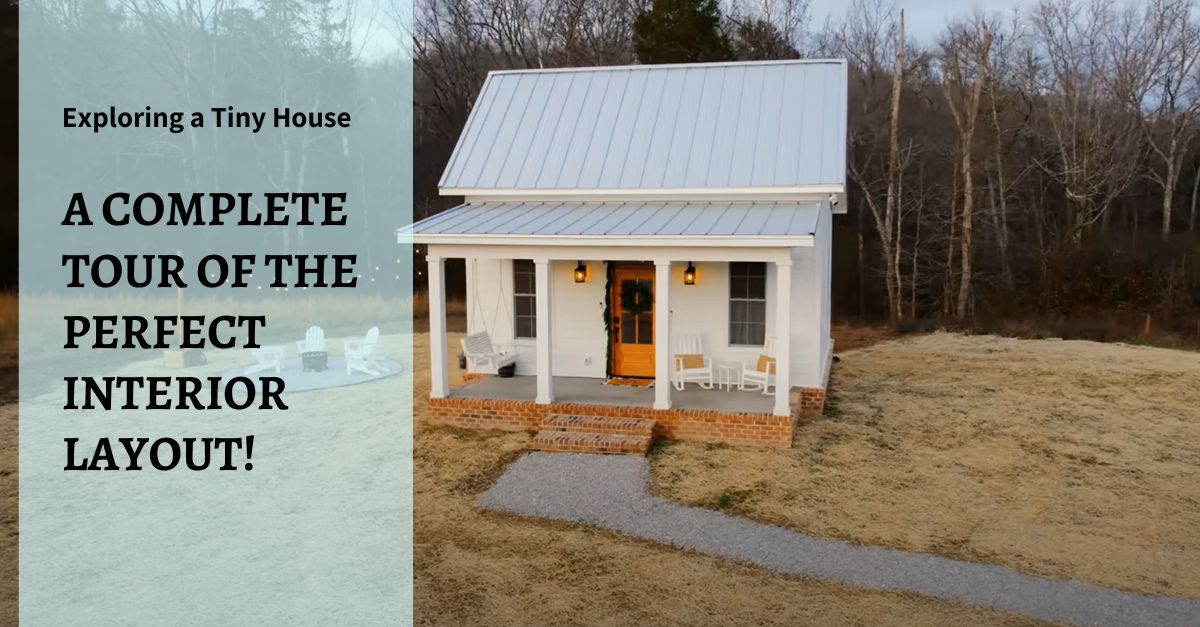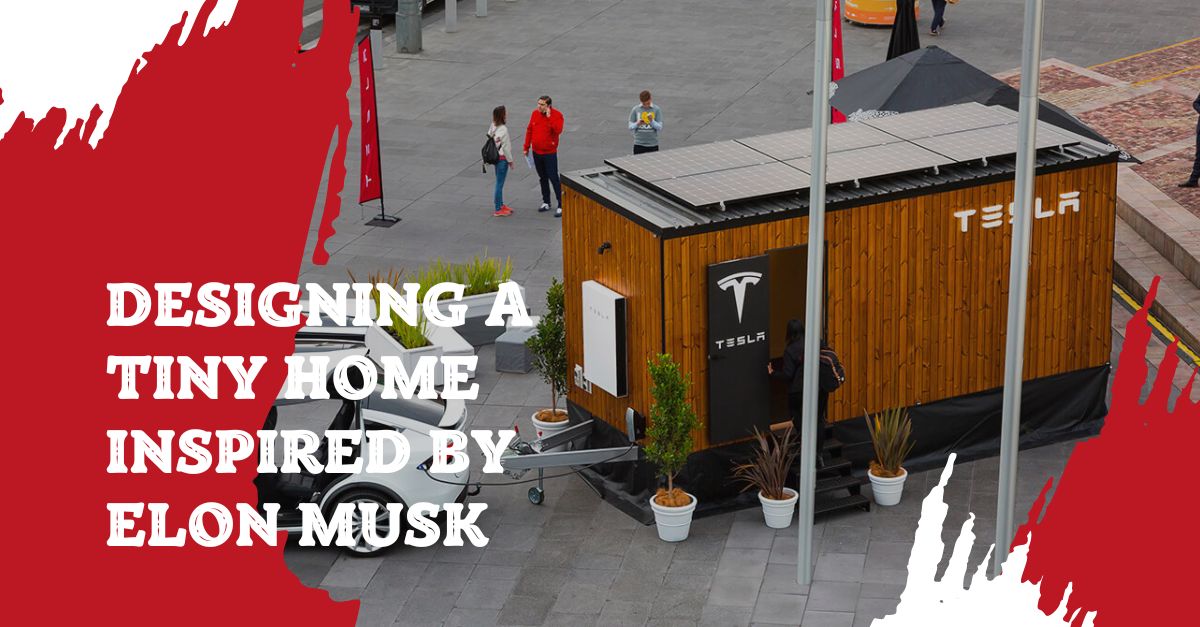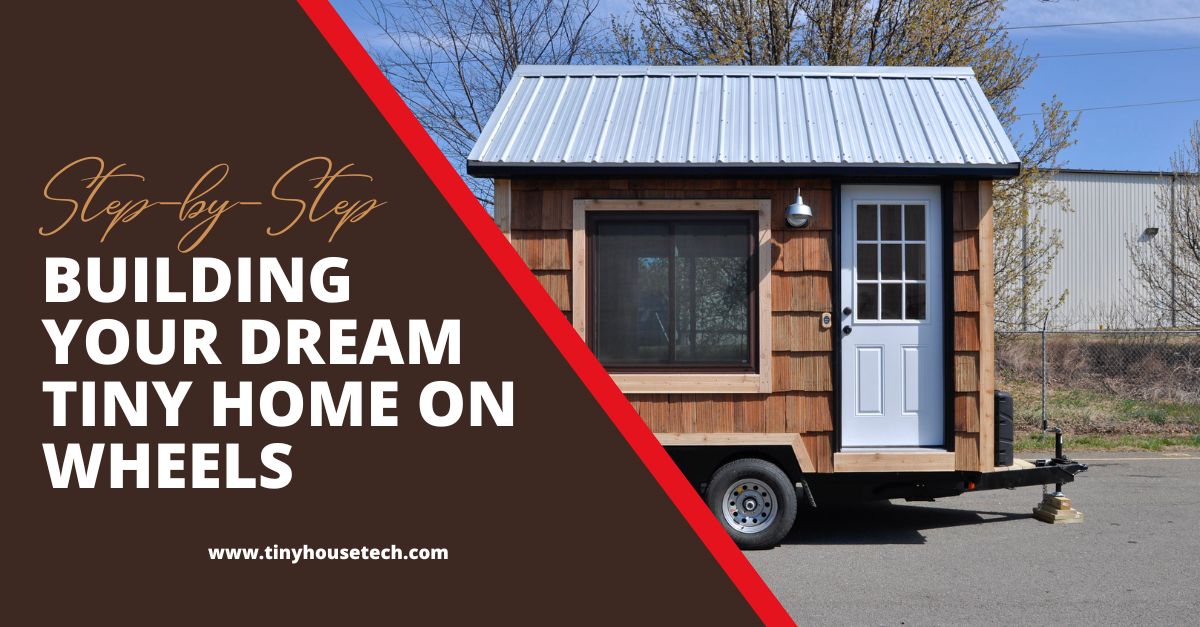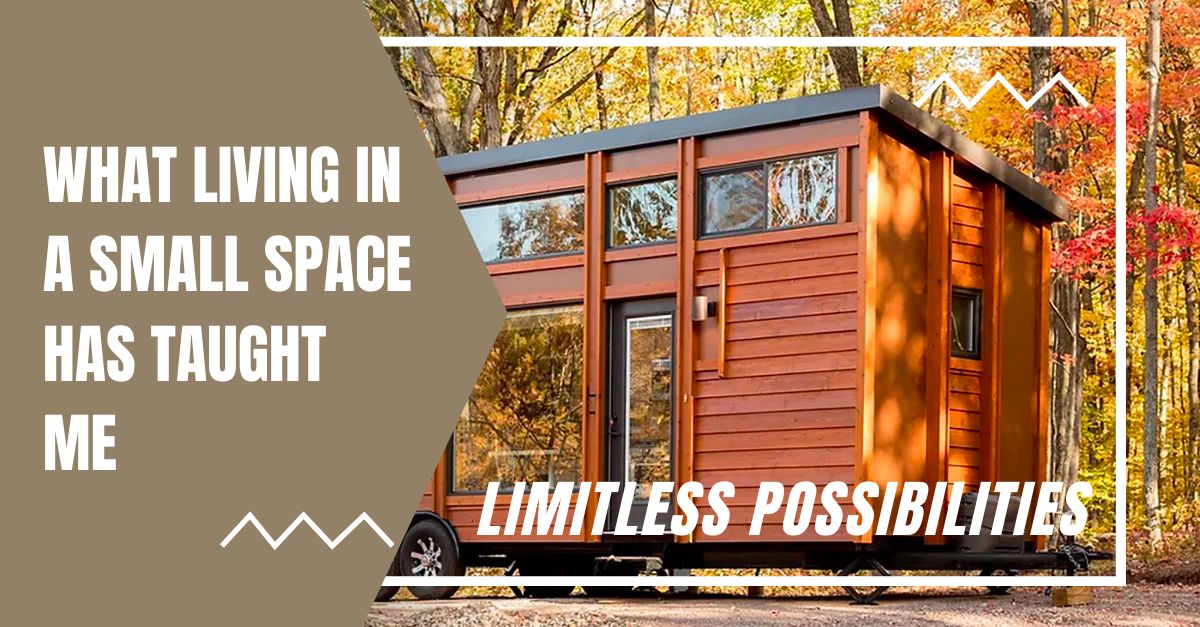1. Introduction: The Rise of Sustainable Living
2. What Are Eco Tiny Homes?
3. Benefits of Eco Tiny Homes
1. Environmental Impact
2. Affordability
3. Simplified Lifestyle
4. Design Features of Eco Tiny Homes
1. Space Optimization
2. Energy Efficiency
3. Sustainable Materials
5. The Growing Movement towards Eco Tiny Homes
1. Community Living
2. Mobile Lifestyle
3. Architectural Innovation
FAQs (Frequently Asked Questions)
Latest Post
Melody’s Tiny Home Journey: Finding Comfort and Independence
Join Melody on a heartfelt tour of her 10×20 tiny home nestled within the world’s largest tiny...
Exploring a Tiny House: A Complete Tour of the Perfect Interior Layout!
Take a virtual tour of a delightful new tiny house in Tennessee showcased in this captivating YouTube...
Buy Noyer XL Tiny House by Minimaliste
1 Loft Bedroom Starting at 157 000$USD In the world of architectural innovation, the Noyer XL stands...
All About the Alpha: A Tiny Home with Big Possibilities
2 Starting at $225,000 Discover the Alpha Tiny Home – our original, innovative, and versatile model that...
Space-Saving Secrets: Designing a Tiny Home Inspired by Elon Musk
If you’re intrigued by the idea of minimalist living and efficient use of space, designing a tiny...
Step-by-Step: Building Your Dream Tiny Home on Wheels
Building your dream tiny home on wheels can be an exciting and fulfilling project. It offers the...
What Living in a Small Space Has Taught Me: Limitless Possibilities
The Power of Simplicity and Freedom Living in a small space has been a transformative experience for...
For Sale: 23′ Fully off-Grid Amazing Skoolie
Are you dreaming of a unique and mobile tiny house? Look no further! We have an incredible...
